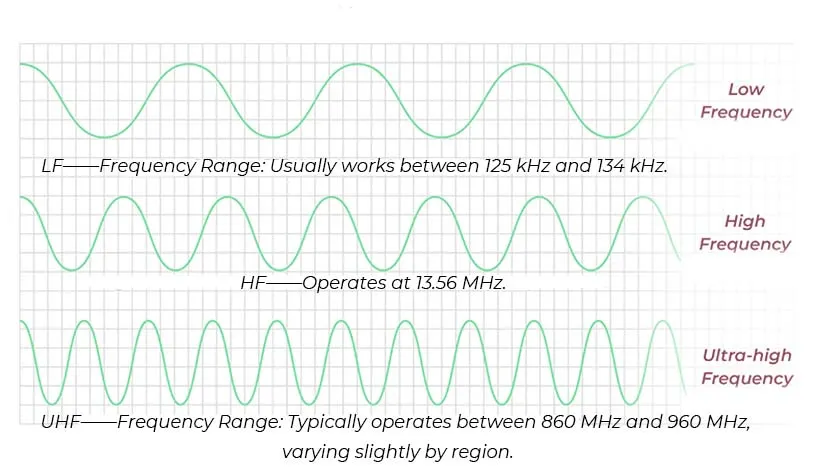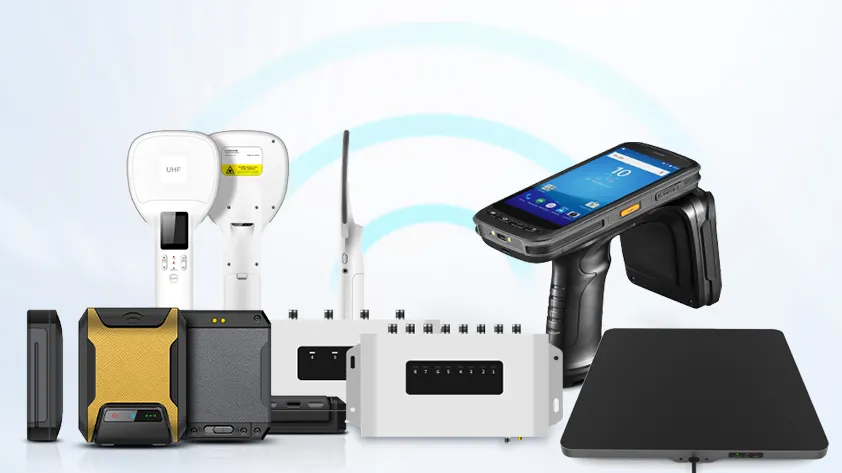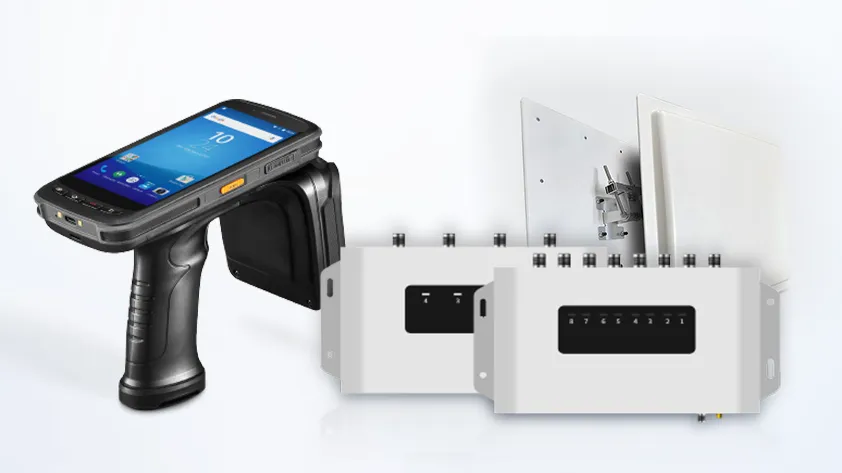The post “ISO/IEC 15693 Explained: HF RFID Standards and Industry Applications” delves into the intricacies of the ISO/IEC 15693 standard, essential for high-frequency (HF) RFID systems. It highlights the standard’s pivotal features, such as its ability to support communication distances of up to 1 meter and its compatibility with various tag types. The article outlines advantages like enhanced data security, efficient inventory management, and versatility across industries, including retail, logistics, and healthcare. Additionally, it emphasizes distinctive qualities like anti-collision capabilities and robust data storage, making ISO/IEC 15693 a crucial standard for modern RFID applications.
Tag Archives: RFID readers
This post provides a comprehensive overview of RFID (Radio Frequency Identification) frequencies, detailing their distinct characteristics and practical applications. It highlights the advantages of different frequency ranges, such as low, high, and ultra-high frequencies, and how these affect read ranges, data transfer rates, and environmental adaptability. The article also underscores the technological advancements that enhance RFID efficiency and reliability, making it a vital tool in various sectors, including logistics, retail, and healthcare. Overall, it emphasizes RFID’s transformative potential in streamlining operations and improving inventory management.
This post delves into the transformative potential of 13.56MHz RFID tags in laboratory settings, highlighting their efficiency in tracking samples and equipment. It provides a practical guide on implementation, emphasizing benefits such as improved inventory management, enhanced data accuracy, and streamlined workflows. The article distinguishes itself by offering real-world applications, tips for integration, and insights into the technology’s reliability and security features, making it an essential resource for lab professionals aiming to optimize operations.
This post explores the diverse range of RFID readers, detailing their operational distances and capabilities. It highlights key features such as frequency types (low, high, and ultra-high frequency), read ranges, and form factors. The advantages of RFID technology, including efficiency in inventory management and real-time tracking, are emphasized. Readers will also discover the unique qualities of various RFID readers, showcasing their applications across industries from retail to logistics. The article ultimately aims to provide a comprehensive understanding of how different RFID readers can enhance operational efficiency and improve asset management.
RFID Asset Tracking Systems are innovative technologies that use radio frequency identification to enhance the management and tracking of assets. This post explains how these systems operate, detailing the components such as tags, readers, and software, which work together to capture real-time data on asset location and movement. Key advantages include increased efficiency, reduced labor costs, and improved inventory accuracy, leading to better resource management. The post also highlights distinctive qualities such as the ability to track items in bulk, protection against loss, and the scalability of RFID solutions, making them essential for businesses seeking optimized operations and comprehensive visibility into their assets.
This post explores the key differences between internal and external antennas in RFID readers. Internal antennas are compact and ideal for space-constrained environments, offering ease of installation and maintenance. They provide sufficient range for many applications but may experience limited performance in challenging environments. In contrast, external antennas are versatile and can be positioned for optimal signal strength, making them suitable for larger or more complex RFID deployments. They provide enhanced read range and directionality, allowing for better performance in diverse settings. The article highlights the advantages of each type, helping businesses choose the right antenna based on their specific needs and operational environments.
This WordPress post explores the critical role of RFID (Radio Frequency Identification) readers in asset tracking systems, highlighting their functionality and impact on efficiency. It details how RFID readers facilitate real-time monitoring and management of assets, offering significant advantages such as reduced labor costs, enhanced accuracy, and improved inventory visibility. The post emphasizes the distinct qualities of RFID technology, including its ability to scan multiple items simultaneously and operate without line-of-sight, making it an indispensable tool for businesses aiming to streamline operations and reduce losses.





